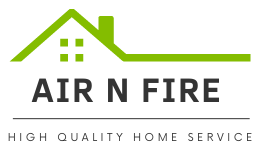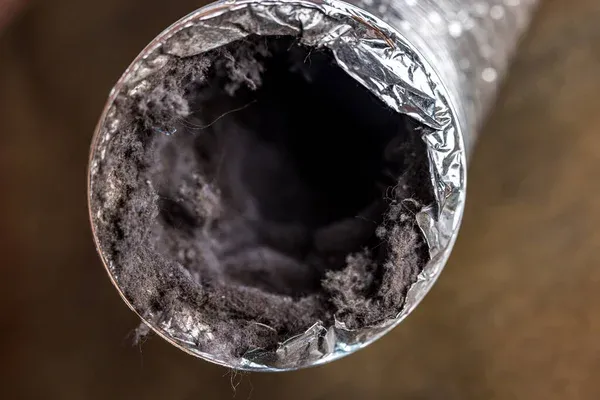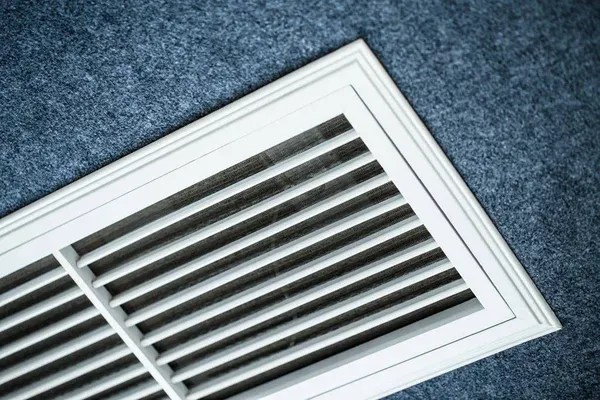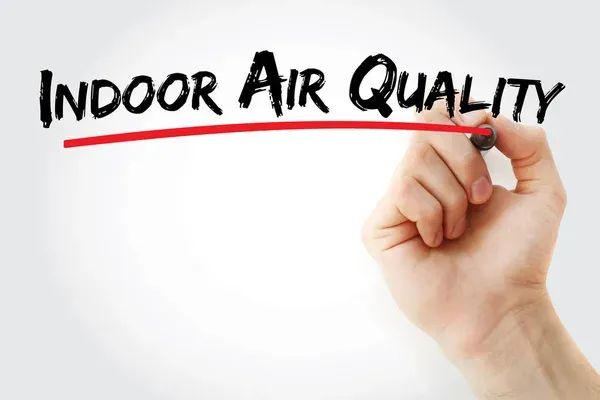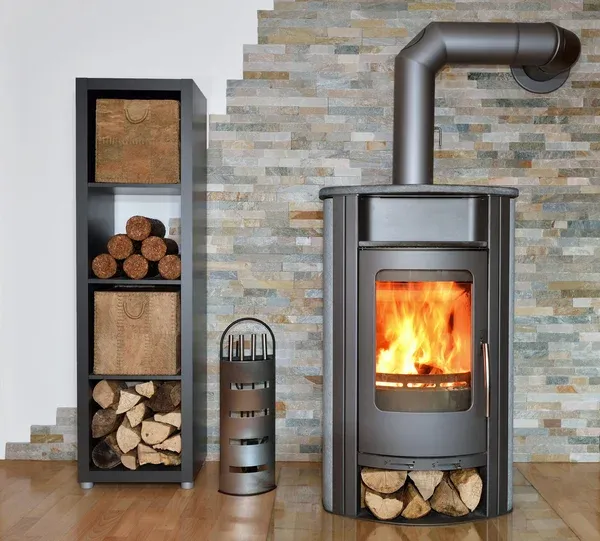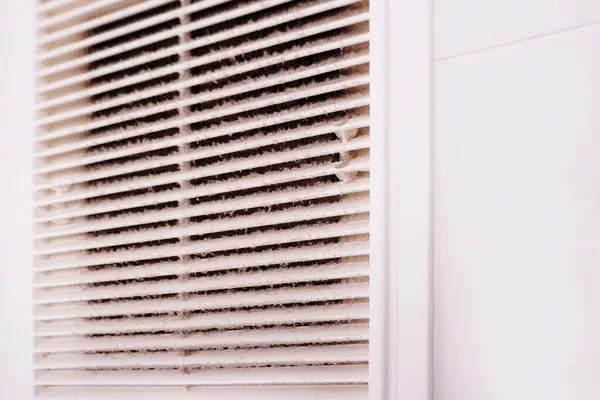Mold in air ducts is more than just a minor inconvenience; it can harm your health and damage your HVAC system. Mold growth, especially in the dark and damp areas of ducts, is common and can spread quickly throughout your home if not addressed.
Recognizing mold in air vents symptoms and understanding its impact is essential for maintaining a safe and healthy environment. This article will explore the facts, signs, and how to deal with mold in air ducts, helping you take action before it becomes a bigger problem.
Facts about Mold in Air Ducts
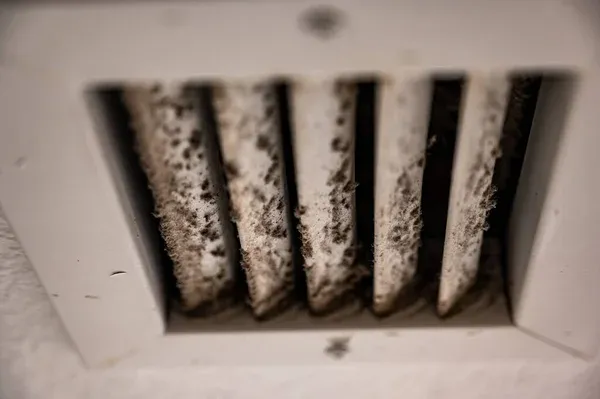
Knowing the facts about mold in air ducts is important for preventing long-term damage to your HVAC system and protecting your health. Here are some:
1. What Does Mold in Air Ducts Look Like?
Mold in air ducts often appears as black, green, or white patches; it may be fuzzy or slimy, depending on the moisture levels. Familiar places for mold include the inside of vents, ducts, or around air conditioning units.
If you’re seeing discoloured patches or dark streaks around your vents, chances are, its mold. Mold in ductwork pictures can sometimes be mistaken for dirt or dust, but its fuzzy texture and unpleasant odor give it away.
2. Why Does Mold Grow in HVAC Systems?
Mold grows in ductwork due to the perfect conditions provided: darkness, moisture, and warm temperatures. The air ducts are prone to condensation, and moisture buildup can lead to mold or mildew.
When spores from black mold, white mold, or even acremonium in air ducts spread, it contaminates the air flowing through the HVAC system. If you see mold in your vents, you should address it immediately, as it can spread throughout your home, causing health and structural issues.
3. Is Mold on Air Vents Dangerous?
Mold on air vents is definitely a cause for concern. Mold spores can travel through the air ducts, potentially spreading harmful particles throughout your home.
Toxic signs of black mold in air vents can cause severe health issues, such as respiratory problems, especially in people with weakened immune systems. The mold spores can also damage your HVAC system, making regular inspections and cleaning a must.
Signs of Mold in Air Ducts
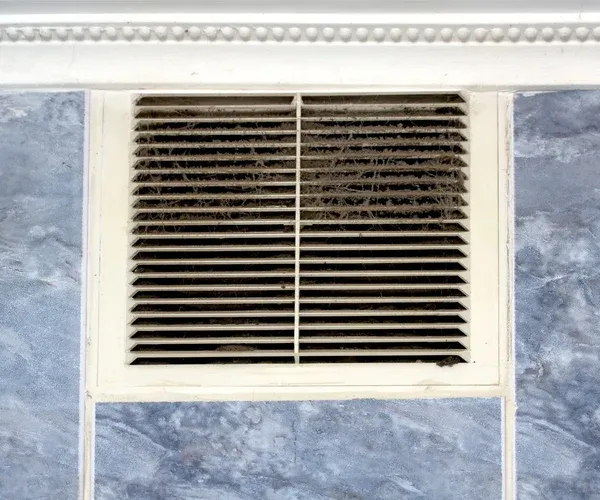
Recognizing the signs of mold in air ducts early can prevent serious health risks and costly repairs. Keep an eye out!
1. Mold in Vents Symptoms
The symptoms of mold in air ducts are often subtle at first, but they escalate quickly. One of the primary symptoms is a musty smell throughout the house, which tends to intensify when the HVAC system is turned on.
You may also notice visible signs of mold in air vents or around your air conditioner. Mold coming from vents may manifest as black spots or streaks, indicating black mold, which is particularly dangerous.
2. Mold in HVAC Symptoms
When your HVAC system is infected with mold, the air quality in your home will diminish. People may begin to experience coughing, sneezing, eye irritation, and even more severe respiratory issues.
Early-stage signs of black mold in air vents include allergy-like symptoms such as throat irritation and headaches; such mold in HVAC symptoms can worsen if the mold continues to grow unchecked.
3. Signs of Mold in Air Vents
Visible signs of mold in air vents often include discolored patches, which may appear black, green, or white. The mold may sometimes resemble dust, but it typically has a distinct texture and smell.
When you notice mildew on air vents or mold growing in ductwork, it indicates that mold spores are spreading through your HVAC system. Air vent mold may also cause your allergies to flare up suddenly, even inside your home.
How to Deal with Mold in Air Ducts?
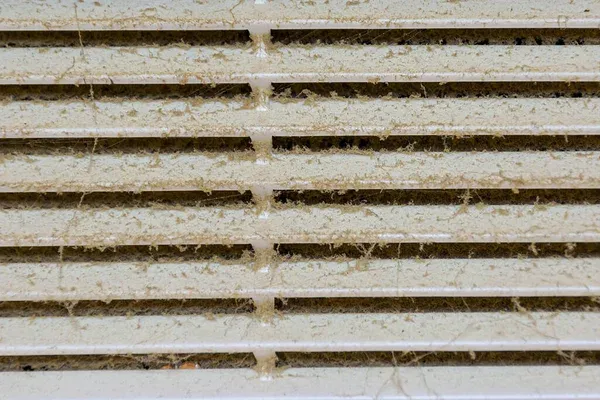
Learn how to address mold in air ducts promptly, as it is vital to eliminate it effectively and keep your home mold-free.
1. How to Test for Mold in Air Vents
If you suspect mold in your air ducts, you can conduct a simple test using a mold testing kit available from most hardware stores. You can collect samples from the suspected area and send them to a lab for analysis.
Pictures of mold in air ducts can also help identify the problem visually. Mold or dust on air vents can be hard to differentiate, so a professional HVAC inspection may be the safest route.
2. How to Treat Mold in Air Ducts
Dealing with mold in air ducts requires more than a simple cleaning. First, turn off the HVAC system to prevent the mold from spreading. Then, clean the vents with bleach and water, which kills the spores on contact.
Professional mold removal services can thoroughly clean the entire system, ensuring the mold doesn’t return. Mold in AC symptoms can be prevented by regularly maintaining your HVAC system and installing a dehumidifier to reduce moisture levels.
3. Mold Prevention and Maintenance
Preventing mold growth in your ductwork will avoid the health risks associated with air vent mold. Regularly inspect your HVAC system for any signs of water buildup, leaks, or moldy ductwork. Clean and replace your air filters frequently to maintain good air quality.
To avoid dangerous signs of black mold in air vents, consider scheduling professional cleaning services annually. If you notice persistent mold growth, upgrading or replacing your HVAC system may be time.
Get Help With Mold Removal From Air N Fire
Dealing with mold in air ducts can be overwhelming, but the professionals at Air N Fire can help. With years of experience in mold remediation and HVAC maintenance, Air N Fire offers expert services to eliminate mold and restore indoor air quality.
You could be dealing with mildew in air ducts, white mold in air ducts, or black mold symptoms, Air N Fire’s team will assess the situation and provide a customized solution. Don’t wait for symptoms of mold in air ducts to affect your health contact Air N Fire today and ensure a mold-free environment!
FAQs
How can I tell if there is mold in my air ducts?
Look for signs like a musty odor, visible black or green patches near vents, or allergy symptoms worsening indoors. Testing kits or professional inspections can confirm mold presence.
What health risks are associated with mold in HVAC systems?
Mold spores can cause respiratory issues, allergies, headaches, and eye irritation, particularly in individuals with weakened immune systems. Black mold can lead to more severe health complications if left untreated.
How can I remove mold from air ducts?
Turn off the HVAC system and clean vents with a bleach-water solution. For a thorough cleanup, consider hiring professional mold remediation services to prevent future growth and ensure complete removal.
What causes mold to grow in air ducts?
Mold thrives in dark, damp environments. Condensation, moisture buildup, and warm temperatures in HVAC systems create ideal conditions for mold growth, especially in areas with high humidity.
How can I prevent mold from growing in my air ducts?
Regularly inspect and clean your HVAC system, use dehumidifiers, and replace air filters often. Professional annual maintenance can help detect and prevent mold growth, keeping your air quality safe.
